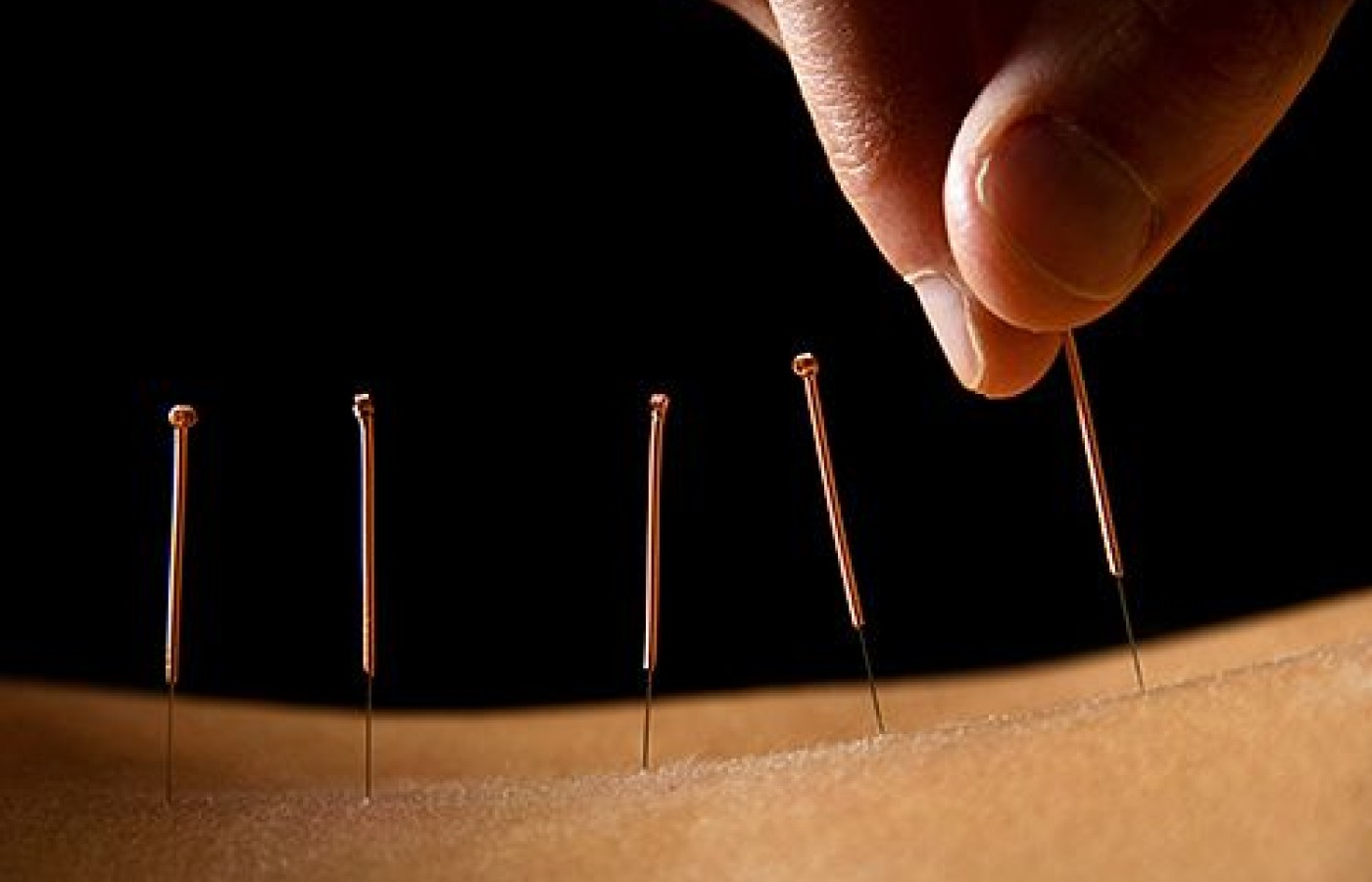When we talk about fertility, the focus is often placed on the ovaries and the uterus. Yet sperm-related factors contribute to nearly half of all cases of infertility. Whether someone is navigating fertility care alone or with a partner, and whether building a family through intercourse, IVI, IUI or IVF, it’s vital to include sperm health in the picture.
Acupuncture Earns BLS Unique Code
The United States Bureau of Labor Statistics recently announced that acupuncturists will have their own unique occupational code in the 2018 BLS Handbook. The new Standard Occupational Code (SOC) is 29-1291, will be included in the next edition of the BLS Occupational Handbook, which will be published in 2018.
"Earning a distinct Standard Occupational Code for Acupuncturists is a milestone moment for the acupuncture and Oriental medicine profession. This event positions acupuncturists for a number of new opportunities," said Kory Ward-Cook, PhD, CAE, chief executive officer of NCCAOM. "The classification of 'Acupuncturists' as its own federally-recognized labor category both validates and bolsters the profession and positions the industry for growth."
The newly confirmed designation is the result of a decade-long initiative, spearheaded by NCCAOM in collaboration with a number of national, professional organizations, spanning two separate submissions requesting an independent occupational code for Acupuncturists. It was at an acupuncture and Oriental medicine national leaders meeting in 2006, that it was discovered that acupuncture was included as a modality under chiropractors and nurses, in the BLS Occupational Handbook.
In order to earn a unique SOC, the BLS requires professions to be trackable and growing. Since BLS data is shared across federal agencies, acupuncturists' recognition through an independent SOC means it will appear as a specific job classification with U.S. Department of Labor, National Center for Education Statistics, U.S. Department of Defense, National Science Foundation, and U.S. Census Bureau.
NCCAOM, backed by the support of the American Association of Acupuncture and Oriental Medicine (AAAOM), the Accreditation Commission for Acupuncture and Oriental Medicine (ACAOM), the Council of Colleges for Acupuncture and Oriental Medicine (CCAOM), Federation Acupuncture and Oriental Medicine Regulatory Agencies (FAOMRA), and the National Acupuncture Foundation (NAF), made its first filing with SOC Policy Committee (SOCPC) in 2008. This first submission resulted in Acupuncturists being tracked by O-Net, and subsequently assigned to a major SOC category 29-1000 – Other diagnosing and treating health professions.
David W. Miller, MD, Dipl. OM (NCCAOM)®, LAc, chair of the 2014 BLS Proposal Submission Subcommittee of NCCAOM's Research Committee and current chair of the newly formed American Society of Acupuncturists (ASA), was instrumental in culling, organizing, and formatting data from various sources, but most significantly from the NCCAOM's 2013 Job Analysis Survey. This data demonstrated that the number of practitioners exclusively providing acupuncture and Asian medicine was growing and that it was a unique profession. "The process of developing the second proposal called upon a collaborative effort of many industry experts to validate the profession through real data," said Miller. "Securing the distinct Standard Occupational Code (SOC) was a necessary and hugely influential step in continuing the development and growth of the discipline of acupuncture and East Asian medicine."



